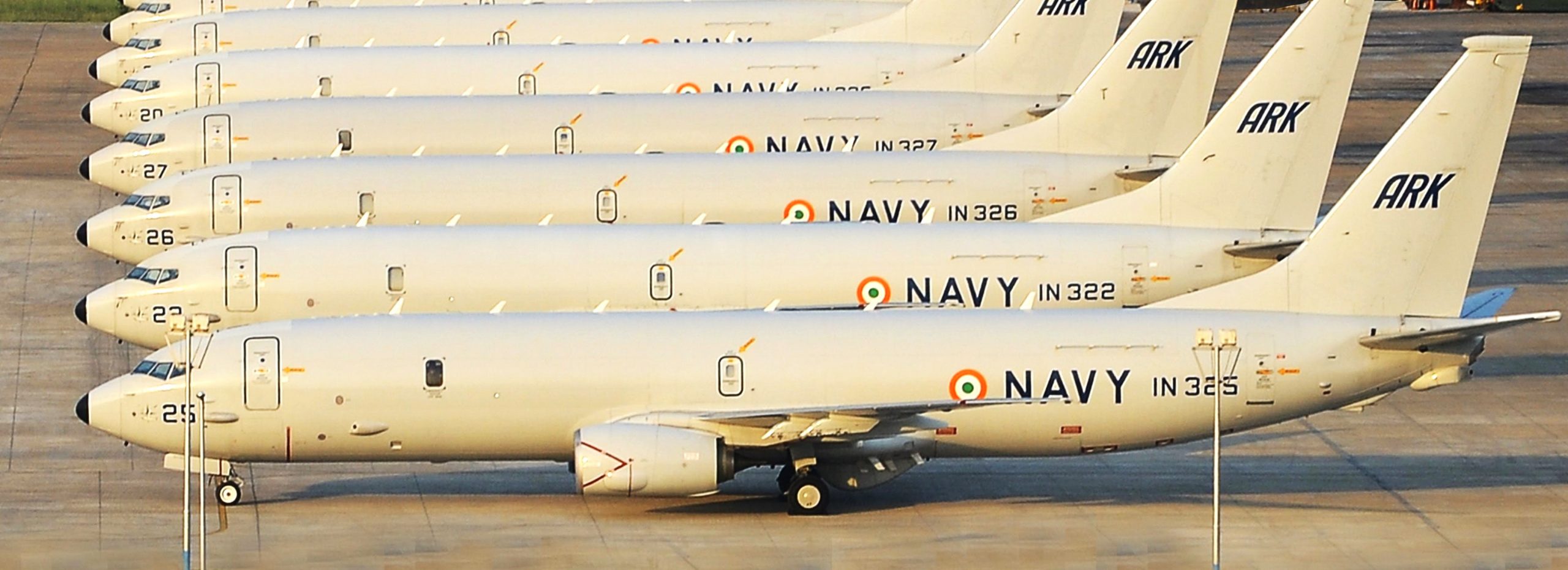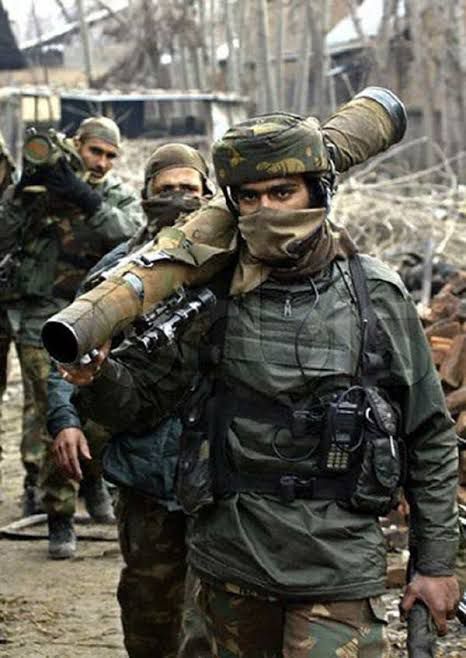
IS IT TIME TO WEAPONISE THE QUAD ?

The May 2020 forward deployment along the Line of Actual Control (LAC) by the PLA in Eastern Ladakh is China’s ‘HIMALAYAN BLUNDER’ of immense Geopolitical and Geostrategic dimensions which will impact and impede her aspirations of a bipolar world. Looking at the emerging world order, as China challenges the US for a bipolar world, Beijing needs a neutral India if not a pro-China India. As the world order shifts from the West to the East, a risen, responsible, resurgent India a regional power and a global leader India under the Leadership of PM Modi will be a balancing power. China’s Himalayan Blunder has not only alienated India but has driven India to enhance the India – US strategic partnership and be an integral and critical part of a revamped and energised QUAD.
The June 2020 Galwan attack shattered a four-and-a-half decade-old ‘Peace and Tranquility’ along the LAC. The last shot in anger was fired along the 3448 km long India- China border on 25 October 1975. India’s immediate response of equitable and proportional deployment demonstrated an unprecedented’ strategic resolve’ that surprised China. The PLA intrusions and Galwan effectively forced India to review and refresh her China policy as the primary strategic security challenge for India is how to deter China’s aggression and containment of India.
As it appears, India’s reviewed China policy is premised on a ‘FOUR D Strategy’ to meet and mitigate China’s aggressive behaviuor and deter China. One– Defend the LAC, Two – Dominate the oceans/ Sea lines of Communication with a focus on the eight choke points. Three – Deft Diplomacy – ‘Bind to Balance’ with nations wherein we have convergence and congruence of interests e.g. QUAD. Four – Deny Space to China in the neighborhood in Bhutan, Nepal, Bangladesh, Myanmar, Srilanka and Maldives.
Deft Diplomacy dictates a ‘Bind to Balance’ strategy with nations wherein there is a congruence and convergence of national interests. While the forces along LAC are equally matched with military advantage to India, there does exist an asymmetry vis -a – vis China which needs to be narrowed as China respects strength. India has initiated numerous measures to upgrade and optimise defence preparedness, however, this is a long haul. In the near to mid-term the Quadrilateral Security Dialogue (the Quad) among Japan, the United States, India, and Australia is a primary and effective multilateral forum to contain China. The four nations convened a “core group” for a joint response to the December 2004 Tsunami. The Quad met briefly in 2007 but hibernated in 2008. However, the QUAD was re-formed in 2017 after eight years of destabilization in the region which led to a growing convergence in foreign policies among the four democratic nations, with shared values and mutual concerns. The strategic focus was and rightly remains securing a free and open Indo-Pacific, joint action against terrorism, and promoting a rules-based global order. From the outset, the Quad’s ideological and geographic foundations were envisioned by Japanese Prime Minister Shinzo Abe, whose “Confluence of the Two Seas” speech provided the foundations for the grouping. Indeed, this ideological and geographic bonding has naturally led to contrasting presumptions about the intent and future of the Quad: that it is the genesis of an “Asian NATO,” that it is a network to contain the rise of China, or that it is simply a disparate grouping of countries that will never unite behind a common strategic vision. Shinzo Abe proposed an “Arc of Freedom and Prosperity” to promote freedom and the rule of law.
It was in December 2006 that the geographic bounds began to fall into place. On a visit to Tokyo, Indian Prime Minister Manmohan Singh announced in a joint statement that both countries were eager to begin a dialogue with other “like-minded countries in the Asia-Pacific region” to address themes of “mutual interest.” 2007 September saw a first-ever military exercise associated with the Quad, an enlarged version of the U.S.- India Malabar series. This exercise, the second Malabar of 2007 (Malabar 07-02), featured the four navies, together with the Singaporean navy, exercising in the Bay of Bengal. The maneuvers featured exchanges of personnel and drills in sea control and multi-carrier operations, among other skills. The Malabar was a strategic concern for China as Beiling filed official demarches with each of the four countries of QUAD.
The key issue which needs in-depth analysis is “Is it time to weaponise the QUAD”. That despite a convergence of interests between the four QUAD nations, it needs to be recognised that there is a ‘Strategic Diversification’. India is the only country that shares a 3488 km disputed land border and has been on the receiving end of direct military coercion by China, engaging in a standoff at the Doklam trijunction with Bhutan and China in the summer of 2017, and thereafter In Galwan May/June 2020. India also found itself blocked from membership in the nuclear suppliers group by China. Japan shares a maritime border with differences over the Sekanku Island in the East Sea. Japan also witnessed an increased “gray-zone” coercive behavior by China. Australia too witnessed its relationship with China change dramatically. Revelations of several Australian politicians accepting money from organizations and individuals connected to the Chinese Communist Party, as well as the exposure of significant United Front Work Department activity in China, led to the adoption of a foreign interference law in 2018.
Despite a common China threat, there is just not enough shared strategic interest or shared desire to accept the risk of a more aggressive China both on the military and economic front. Each member state views its interests and priorities differently. For the US, the South China Sea and East China Sea are vital. The same goes for Japan. And for Australia, it also includes the Western Pacific. But for India’s security, the Chinese threat is multi-dimensional – along the LAC, and Indian Ocean, as also from Pakistan which is a client state of China now. While India is willing to be an active member with capacity-building, Delhi should not as yet, take risks that might involve violence or escalation along the LAC and or the Indo-Pacific. “It’s one thing for India to have a tense, antagonistic relationship with Beijing. It’s another for India to be part of an explicit coalition that seeks to contain Beijing. That would feel far too much like being part of a bloc. And India historically has resisted that,” India in the last few years has recognised its relevance and heft in the emerging global order and has been objective and responsible in working towards peace and stability in the world. At the same time India has balanced her interests leveraging her growth, be it her stance in the Russia – Ukraine war or the ongoing Israel – Hamas conflict. For India, her strategic autonomy is non-negotiable for the present. However, there is no harm in keeping the options open – strategic ambiguity has its own advantages. A US push for the Quad to take an explicit anti-China stance also runs the risk of alienating India, a country that is traditionally proud of its non-aligned status.
The Quad in its present avatar remains relatively lightly institutionalised. It is neither a security arrangement nor a trade group. Rather, the group’s intent is to provide “tangible benefits” to the Indo-Pacific region, bolster people-to-people ties, and demonstrate that democracies can deliver. This makes it hard for China to prop it up as part of this US-containment narrative, which is having trouble rallying criticism, even from its allies. However, the intent of QUAD is clear and that is to offset China’s growing regional influence.
India should prefer QUAD as an ‘Alignment Rather Than an Alliance’, ensuring strategic autonomy and managing China from a position of relative strength.
Disclaimer
The opinions expressed in this article are the author’s own and do not reflect the views of Chanakya Forum. All information provided in this article including timeliness, completeness, accuracy, suitability or validity of information referenced therein, is the sole responsibility of the author. www.chanakyaforum.com does not assume any responsibility for the same.
Chanakya Forum is now on . Click here to join our channel (@ChanakyaForum) and stay updated with the latest headlines and articles.
Important
We work round the clock to bring you the finest articles and updates from around the world. There is a team that works tirelessly to ensure that you have a seamless reading experience. But all this costs money. Please support us so that we keep doing what we do best. Happy Reading
Support Us





















POST COMMENTS (0)